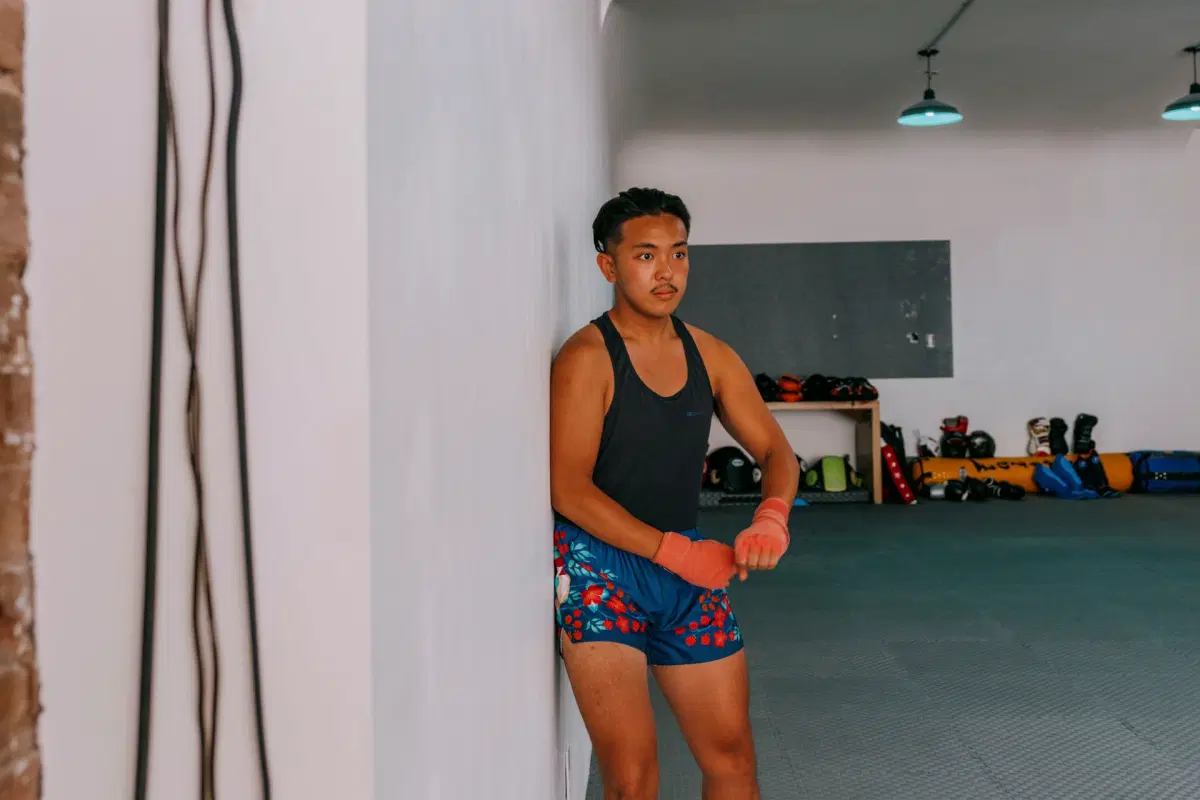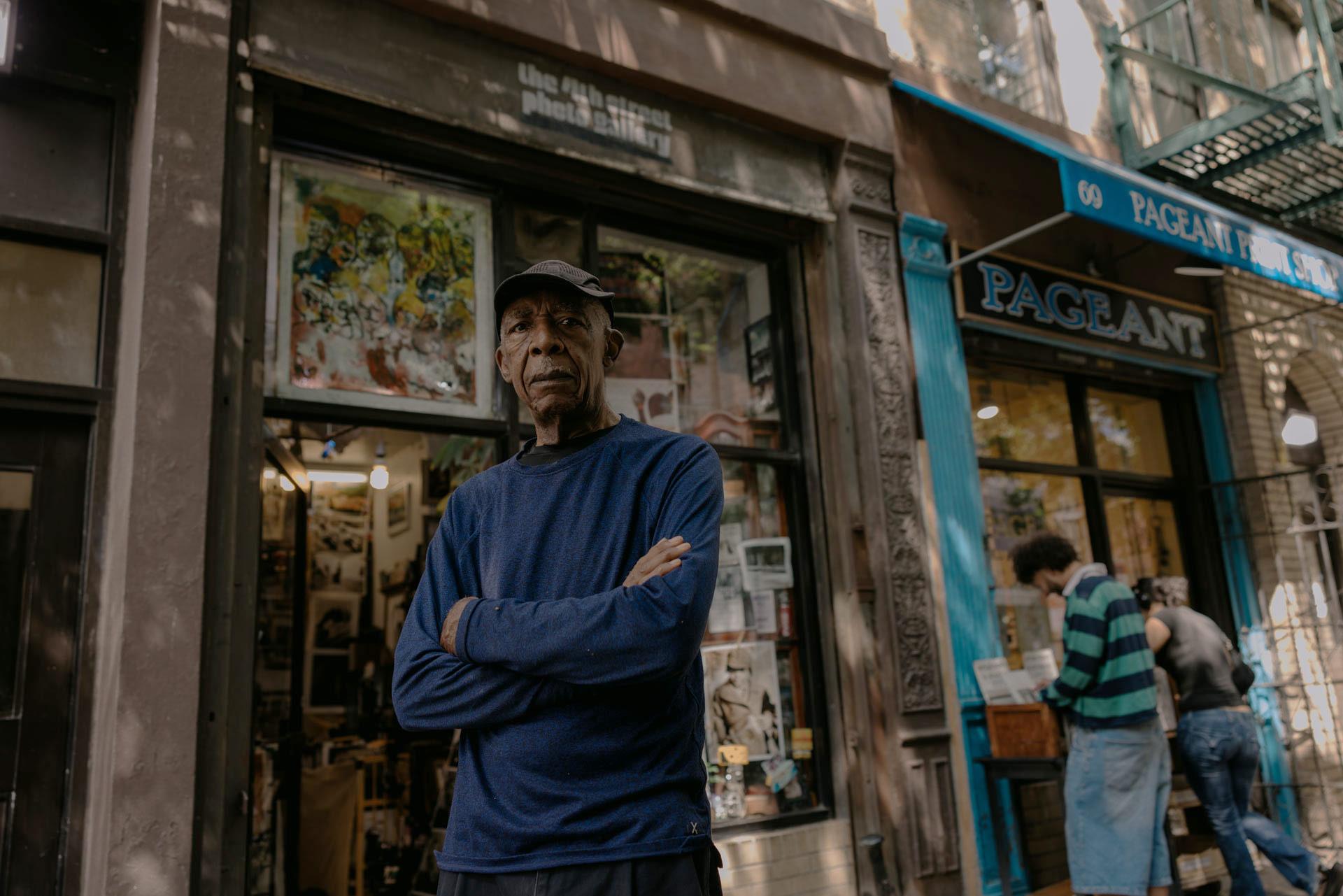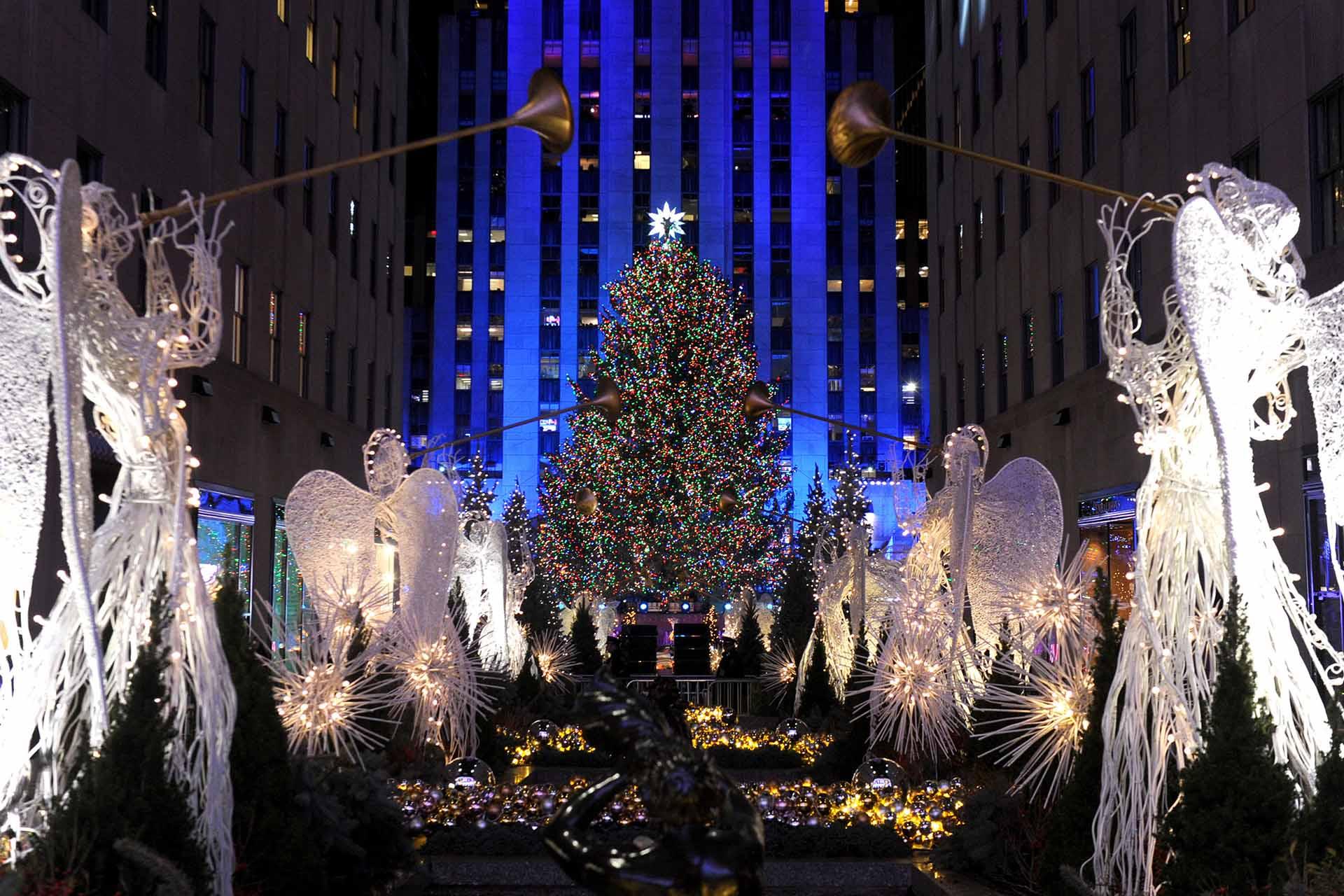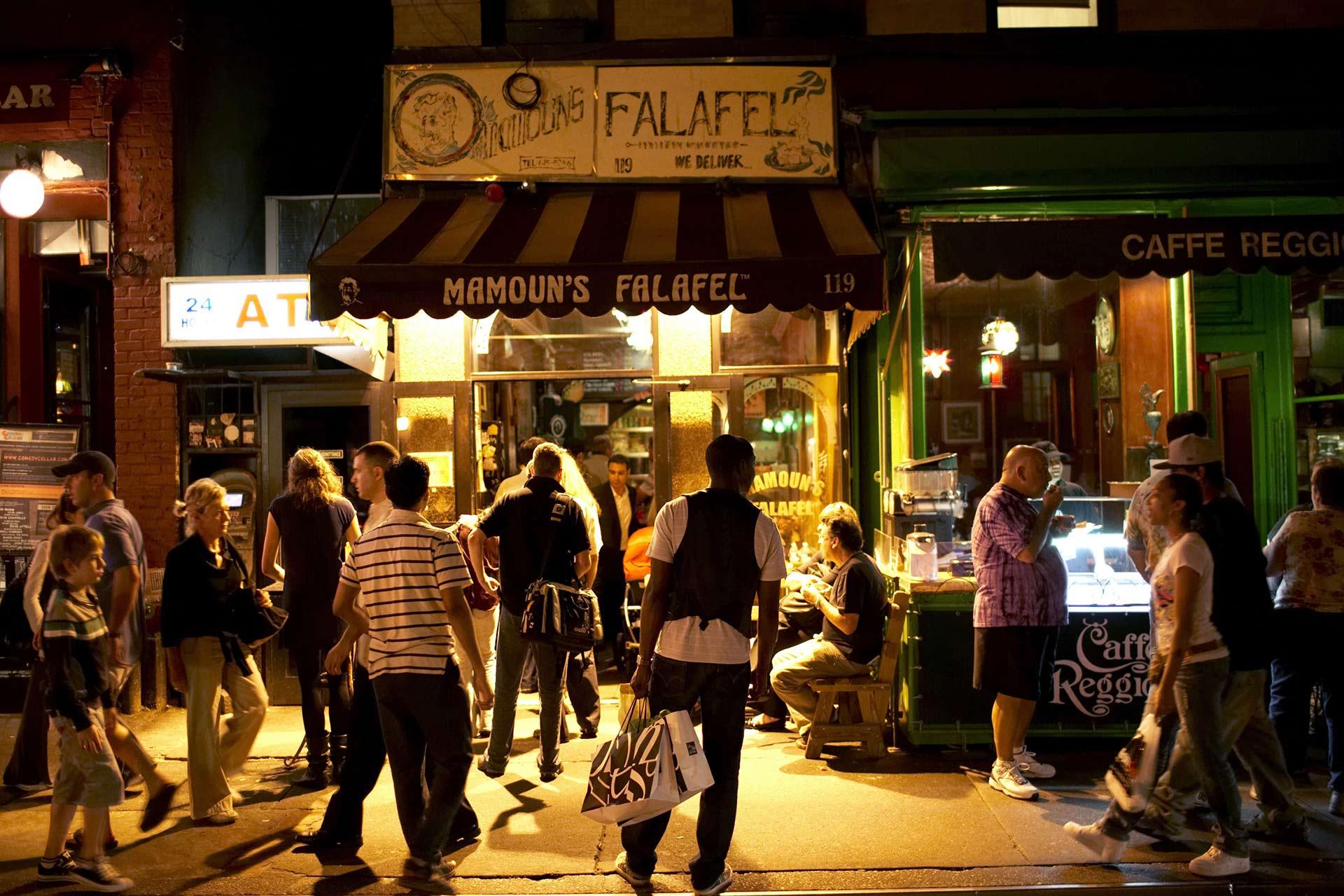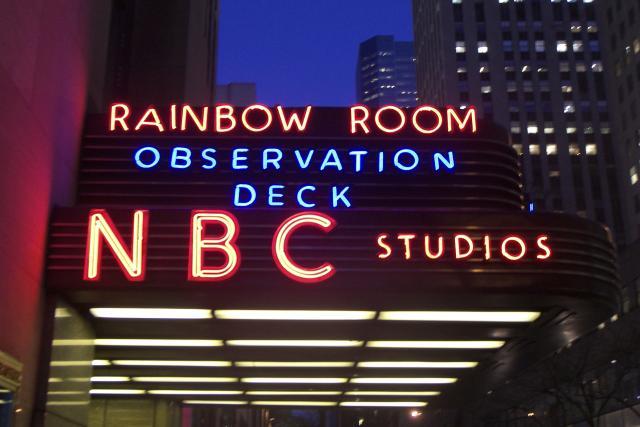Photographer Tommy Kha completed his bachelor of fine arts at Memphis College of Art and went on to get a master’s in photography at the Yale School of Art. Now based in Brooklyn, Kha has shot for The New Yorker and T Magazine, and has shown his work in solo and group exhibits.
For NYC Tourism’s Pride Diaries, Kha explored a selection of Asian American neighborhoods in New York City and the queer residents and allies who inhabit them.


Alison Kuo (left) and Ava Chin
What were you trying to convey in this Pride Diary?
Tommy Kha: I wanted to focus on Asian Americans and our queer identities, because it’s not something I’ve seen a lot or heard talked about. The people I reached out to were mostly allies and LGBTQ+ Asian Americans, and I wanted to put added emphasis on that from people who continue to face harassment.
I’ve witnessed these rising anti-Asian hate crimes that have been, quite frankly, around for a really long time. This photo commission is trying to find a middle ground coming back into Pride but also talking about coming out of the pandemic and coming out of the last year, coming out of these hate crimes. People like Alison [Kuo], who is an artist, and Ava [Chin] are both allies, but I wanted to include them for the Pride Diaries because they invited me to their space where they’re training elderly Asian women in self-defense techniques.
I asked the subjects to pick a location, no matter how small or insignificant, or something that’s part of a Chinese- or Asian-owned business that is still around.

Daniel K. Isaac


Rio Djiwandana
What were some of the notable locations?
TK: For Daniel K. Isaac, who is an actor on Billions, it was Central Park, which is part of his running routine. That might sound insignificant, but that routine says so much about a person’s portrait for me.
For Ava and Alison, we went around to famous Asian American artist collectives, and we just made pictures. Where they’re posing is really intentional—in front of the Basement [Workshop]. Ava’s family’s been in Manhattan’s Chinatown for at least a hundred years, I think.
There were some photos of Rio [Djiwandana], who does Muay Thai. We picked Two Bridges because everyone was super chill and there’s a very respectful community. Emily [Siy] is the first person I photographed, and she’s an ally who runs an acupuncture business. It's just so nice to me, a woman who has so much understanding of community needs, and it’s really refreshing to learn about that after the year we had.
I spent one day going to NYC’s main Chinatowns. I’ve tried to make pictures in those three predominantly Asian neighborhoods.

Emily Siy


Tell us a bit about the queer Asian American identity and how that connects to the photos you took.
TK: A lot of Asian American queers feel that Pride is an exclusive thing that doesn’t really invite us to it. For these pictures, everything’s not a rainbow, everything’s not very queer. But it was important to make a space where queerness doesn’t have to be necessarily visible on the surface. Also, Asian American queers have to forge our own paths, our own spaces, ourselves. It’s not to say that has happened with everyone’s experiences, but oftentimes that’s how it felt.
My picture making doesn’t look overtly queer. The queer images I’ve seen, they all look very similar and they tell one specific narrative. What is shown to me as queer photography is just a slice of it, and there’s not enough of it at the moment.

Clara Lu

Clara Lu
Is there something about photographing the queer Asian American community that stands out to you?
TK: Something I’m really drawn to is to see how people interact with each other or their kind of care. That’s the kind of thing I see us do a lot because of our collectivism. That’s the thing I really want to specifically see in queer Asian Americans, to see that image that [shows] we're capable of humanity. We’re capable of compassion. We’re capable of being queer; we’ve been queered. We’ve been a lot of things for a long time and there’s a drive to look for that. We also strive to be given the space to see these pictures in the first place. There’s the urgency to be seen.

Clara Lu
What does Pride mean to you this year?
TK: Survival. It just feels like half an anniversary and half “I made it far enough to see that this kind of thing that was disparaged in the past is now celebrated.” A lot of survival and a lot of hope. It’s like a checkpoint. It’s not even the finish line.
Find more Pride Diaries here.

